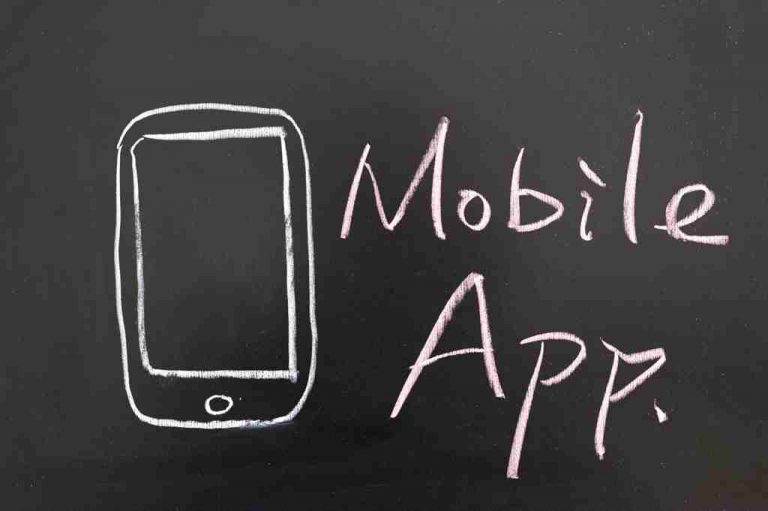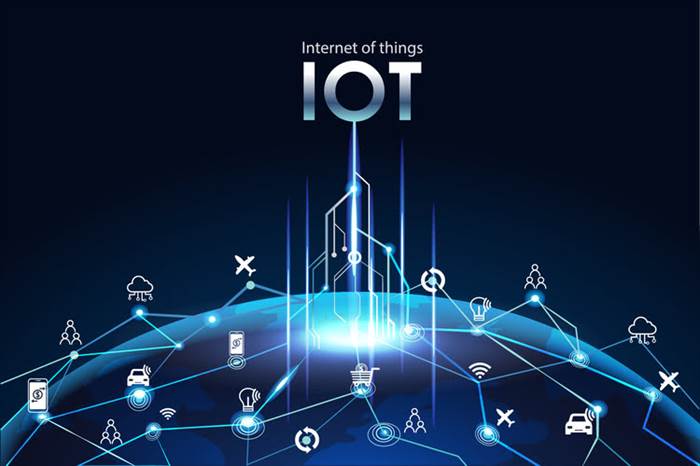Content
And typically, they also provide tools that allow you to transform and visualize data or trigger an action. Data can provide actionable insights into operations or simple day-to-day activities to reduce inefficiencies or improve experiences. You should look for basic descriptive analytics, visualization, diagnostics, predictive analytics, and perhaps even machine learning tools. In the community of developers and early-day IoT adopters with a technology background you might still often see that mainly the device connectivity/management, data management , M2M communication and the device cloud aspect itself are overemphasized.

But a logistics-heavy organization is likely going to have complex hardware needs that a device management platform can simplify at scale. IoT Infrastructure is the aggregation of granular, low-level services necessary to construct an IoT Solution. In addition to asynchronous and synchronous communication systems, this encompasses authorization services, certification services, digital data storage services, queuing services, computation services, and advanced analytics services.
Latest Articles
In 2017, Mozilla launched Project Things, which allows to route IoT devices through a safe Web of Things gateway. As per the estimates from KBV Research, the overall IoT security market would grow at 27.9% rate during 2016–2022 as a result of growing infrastructural concerns and diversified usage of Internet of things. Security is the biggest concern in adopting Internet of things technology, with concerns that rapid development is happening without appropriate consideration of the profound security challenges involved and the regulatory changes that might be necessary. The rapid development of the Internet of Things has allowed billions of devices to connect to the network.

Ambient intelligence and autonomous control are not part of the original concept of the Internet of things. Ambient intelligence and autonomous control do not necessarily require Internet structures, either. However, there is a shift in research to integrate the concepts of the IoT and autonomous control, with initial outcomes towards this direction considering objects as the driving force for autonomous IoT. A promising approach in this context is deep reinforcement learning where most of IoT systems provide a dynamic and interactive environment. Training an agent (i.e., IoT device) to behave smartly in such an environment cannot be addressed by conventional machine learning algorithms such as supervised learning. By reinforcement learning approach, a learning agent can sense the environment’s state (e.g., sensing home temperature), perform actions (e.g., turn HVAC on or off) and learn through the maximizing accumulated rewards it receives in long term.
Solutions
By taking over the non-differentiated functionality, IoT platforms help you reduce your development risk and cost, and accelerate your product’s time to market. Although some services overlap, each of these platform segments has unique features that meet the specific needs of their target audience. In each case, it makes sense to narrow your selection process to IoT platforms purpose-built for your end customer.
As devices become more connected thanks to theIoT, security and privacyhave become the primary concern among consumers and businesses — but it’s not slowing IoT adoption. One IoT device connects to another to transmit information using Internet transfer protocols.IoT platformsserve as the bridge between the devices’ sensors and the data networks. The next 4.0 production systems are autonomous cyber-physical systems. Cyber-physical systems enable intelligent machines to learn about our human environment while simultaneously providing humans with a higher quality of life.
Platform Security
These devices allow for remote control by users, or central management via a cloud-based interface, and enable functions like scheduling (e.g., remotely powering on or off heating systems, controlling ovens, changing lighting conditions etc.). The smart grid is a utility-side IoT application; systems gather and act on energy and power-related information to improve the efficiency of the production and distribution of electricity. Using advanced metering infrastructure Internet-connected devices, https://globalcloudteam.com/ electric utilities not only collect data from end-users, but also manage distribution automation devices like transformers. Documentation about such a third party can provide important information about supply chain cybersecurity practices and vulnerabilities to allow for the IoT user to more accurately determine risks related to the use of an IoT platform. An edge-to-cloud platform tightly integrates all the infrastructural components you need to power your IoT product into a single service.

It facilitates device data collection and promotes business transformation. It also ensures a continuous communication flow between devices by linking disparate components. In one example, home automation devices sold with the promise of a “Lifetime Subscription” were rendered useless after Nest Labs acquired Revolv and made the decision to shut down the central servers the Revolv devices had used to operate.
Keep up with the latest in IoT. Fill out the form below to subscribe.
The NYWW network is currently providing coverage on the Hudson River, East River, and Upper New York Bay. With the wireless network in place, NY Waterway is able to take control of its fleet and passengers in a way that was not previously possible. New applications can include security, energy and fleet management, digital signage, public Wi-Fi, paperless ticketing iot platform vendors and others. As of 2018 IoMT was not only being applied in the clinical laboratory industry, but also in the healthcare and health insurance industries. Moreover, IoT-based systems are patient-centered, which involves being flexible to the patient’s medical conditions. IoMT in the insurance industry provides access to better and new types of dynamic information.

Environmental monitoring applications of the IoT typically use sensors to assist in environmental protection by monitoring air or water quality, atmospheric or soil conditions, and can even include areas like monitoring the movements of wildlife and their habitats. Development of resource-constrained devices connected to the Internet also means that other applications like earthquake or tsunami early-warning systems can also be used by emergency services to provide more effective aid. IoT devices in this application typically span a large geographic area and can also be mobile.
Latest technology trends in 2022: Top 5 technologies digitally transforming industries
Today, you’ll find chip manufacturers like ARM, who have robust connectivity and Cloud platforms. Or Cloud providers like Microsoft who have a robust IoT device platform . You can use single-board computers with sensors such as Arduino or Raspberry Pi.
- The industrial IoT platform correlates new IoT master data with existing application data and data from other sources such as social media.
- An IoT platform facilitates communication, data flow, device management, and the functionality of applications.
- The integration of smart devices in the built environment and how they might be used in future applications.
- When comparing SD-WAN and VPN, enterprises choosing between the two technologies should consider factors like cost, management …
- Cisco IoT Threat Defense protects sensible data and devices against cyberattacks, providing secure remote access, segmentation, visibility and analysis, and other security services.